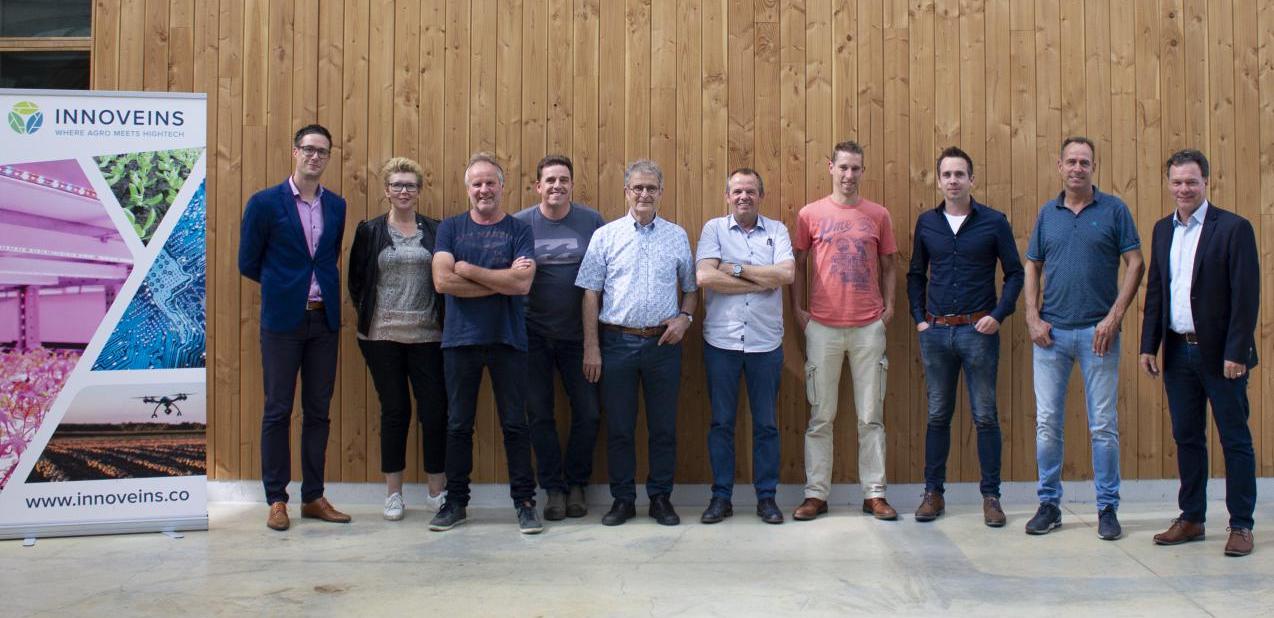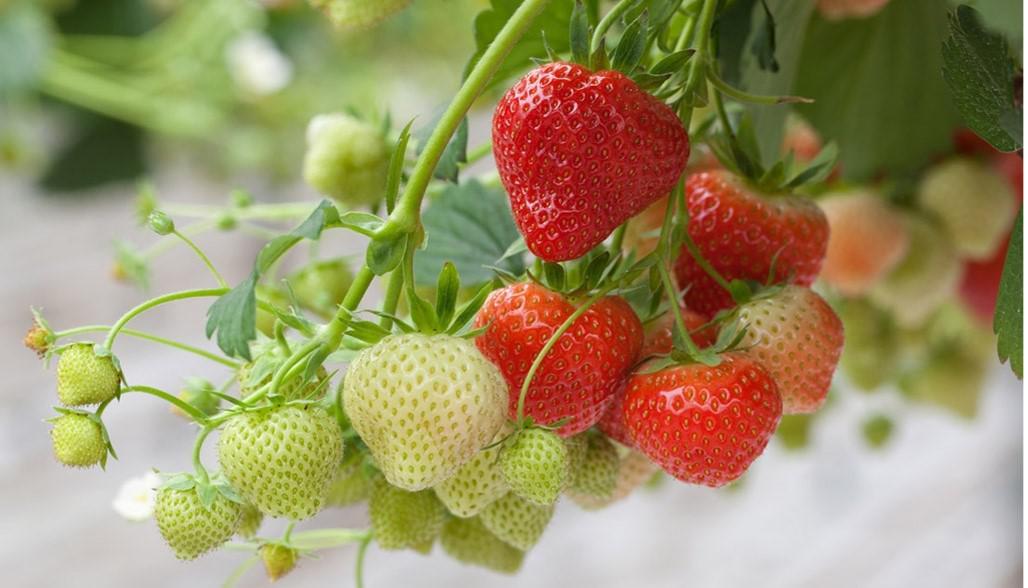The archetypal Dutch strawberry is popular in the Netherlands and far beyond. Nowhere in the world are so many strawberries grown in such a small area as in the Netherlands. Eight Limburg strawberry growers and strawberry plant breeders have been joining forces since 2019 to tackle major challenges together in the areas of growing under light and plant health and resistance.
Dutch strawberries are in demand. Since 2010, production in our country has nearly doubled, to a record 78 million kilograms last year. Strawberries are the Netherlands' third largest crop by area, and within the European Union, the Netherlands ranks seventh in terms of largest producers. Thereby, strawberry growers who grow in greenhouses are expanding rapidly. To maintain this strong competitive position, product and process innovation is essential. Eight Limburg strawberry growers and strawberry plant breeders, who together account for over 100 hectares of the production area in the Netherlands, have therefore joined forces to form Fragaria Innova. They are joining forces to work together on the challenges of labor, scale-up, efficiency, plant health and resistance, biodiversity, growing media, product quality, continuity, delivery reliability and smart farming. The focus is now on cultivation under light and plant health. The goal of the entrepreneurs is to create innovations in strawberry cultivation through cooperation and strengthen their competitive position.
Strength of the plant
Strength of the plant
Michiel Penninx is strawberry grower and co-shareholder of Fragaria Innova. "Sharing knowledge is the main reason for me to set up a R&D company together with colleagues from the strawberry sector. Through Fragaria Innova we discover together how we can grow strawberry plants in a sustainable way and all year round: how do we empower the plant itself, so that it grows healthy, is less dependent on chemical crop protection and delivers the same quality strawberries? How can we ensure that we can grow tasty strawberries even in the cold winter months? You can't solve these kinds of questions alone, so we do it together."
Fertilizers
On his own farm, a trial of substrate reuse and plant health is now underway. "The way we currently fertilize in greenhouse farming, in the long run you get in the way of plant health. Plants grow easier and get stronger, but through wrong proportions. We are now in the process of adjusting fertilization in our plants. For example, we found out that by applying organic fertilizers, the nitrate level in the plant goes down, making the plant less attractive to troublesome pests such as white fly, aphids and spider mites. As a result, the plant develops better and less chemical crop protection is needed." On two other farms, also co-shareholders of Fragaria Innova, trials are running with lighting.
First proof
In all the trials, the eight entrepreneurs work with outside parties who have knowledge of the latest techniques when it comes to plant health and resistance and lighting. "It is an absolute condition for us that those trials take place at one of the eight participating companies. That is also the strength of Fragaria Innova: there are many innovations, but they are only valuable when they work in practice. By testing this immediately on one of the farms, in practice, you immediately know whether the innovation makes sense. Something can work well in cucumber cultivation, for example, but be completely useless for strawberries. First proof, then roll out. The knowledge that comes out of the trials is shared with all participants. Companies ultimately decide for themselves whether they want to apply the knowledge gained on their farms. That is entirely up to them."
At the helm
At the helm
Pim Deuling guides the eight strawberry growers and growers from innovation agency Bluehub, together with cluster manager Erik van de Vin. "At Fragaria Innova, the entrepreneurs themselves are at the helm: they themselves know best what they need, now and in the future. They are stuck with the same complex research questions that they cannot answer individually. On top of that, innovation costs a lot of time and money. By searching for answers together, they learn from each other, spread the risk, and discover what works and, above all, what doesn't work. Alone you go faster, together you go further."
Collaborate
Pim's role is to identify parties in the market with (potentially) interesting innovations or applications for strawberry cultivation. The entrepreneurs then decide together which pilot projects they will set up. Each entrepreneur, depending on the size of the company, contributes to the annual contribution of Fragaria Innova with which the trials are financed. In addition, each member has an obligation to invest time in the trials. It's not just about getting knowledge, but mainly about sharing knowledge and moving forward together. The fact that the entrepreneurs are also competitors of each other is not a problem, according to Michiel. "In the strawberry sector, we are already used to working together on a cultivation-technical level. When it comes to commercial aspects such as prices and customers, it's every man for himself. It really works very well this way."
Taking steps now
Taking steps now
The collaboration is already bearing fruit. "Now that we work together with more colleagues, growers and plant breeders, you notice that innovation goes faster and innovations land faster in practice. Four companies are now working on a modified way of fertilizing: they follow the path of the trial and start working with the knowledge gained there. This conversion is a long process, but the first steps are being taken. Eventually we have to move to other, more sustainable ways of growing. That is why we have to take steps now to make sure we have our affairs in order soon."

Source: Brightlands
